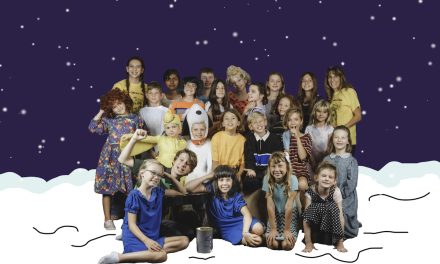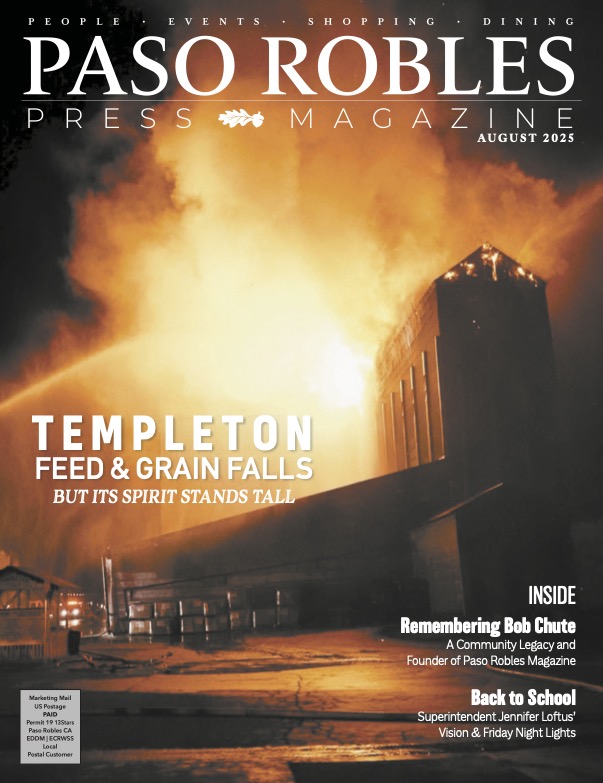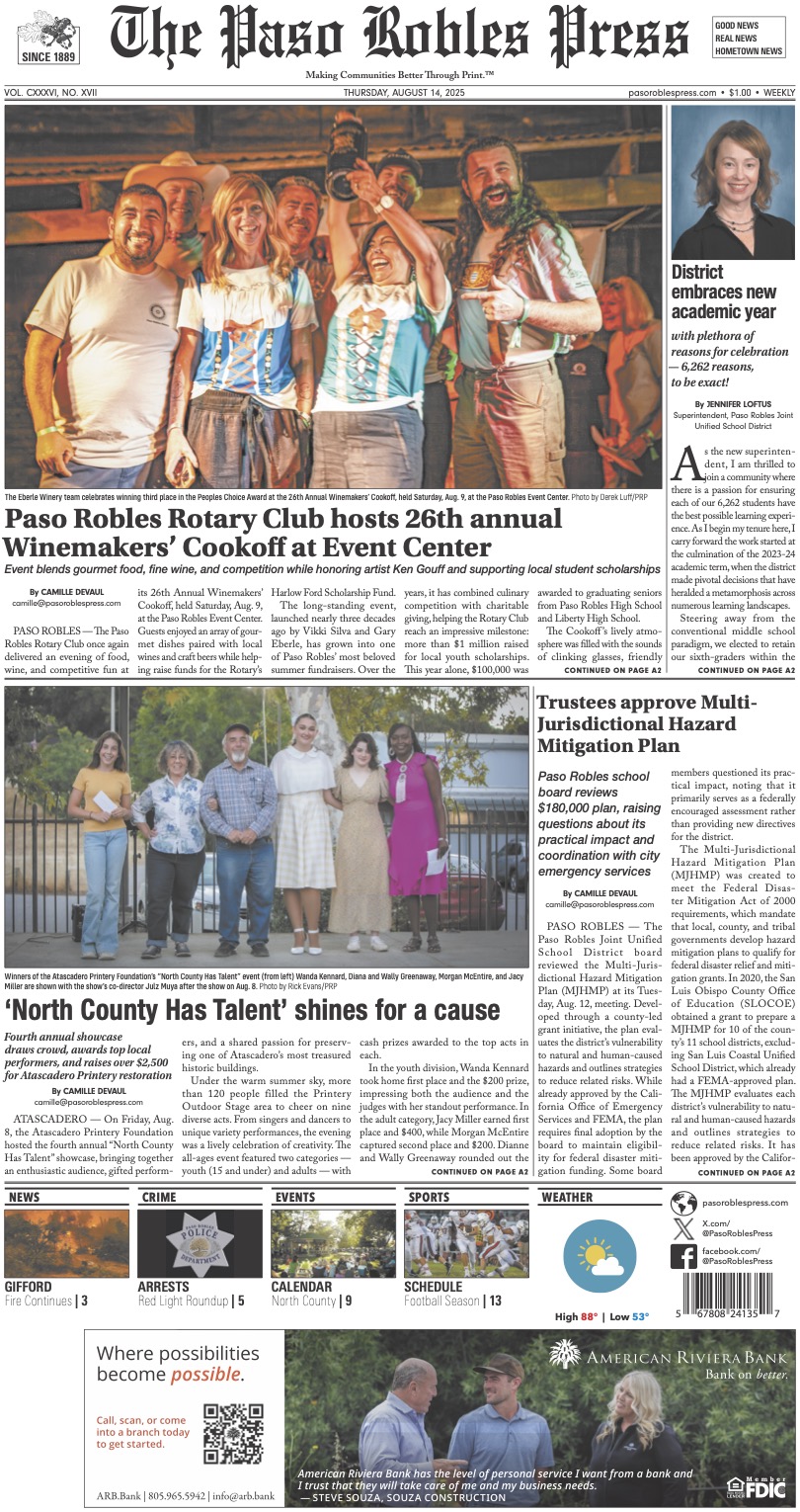Michael Venturini gets under the skin for Disney Pixar’s Coco
In the mid-1980s, newscasts supplied nightly a forensic evidence of a piercing national recession, the Chernobyl disaster, multiple terrorist attacks, the Soviet-Afghan War, the Challenger space shuttle explosion and John Lennon’s assassination. These were sobering tragedies that underscored turmoil indicative of the world in which we live.
As these events flashed in images on our TV screens, and children all over the nation did as they always have – they sat under the shade of a tree or at an urban playground and dreamed. Inside their imaginations were color, characters and wonder. More than a fleeting thought, they became real as kids put pencil to paper.
Michael was one of them. He simply loved to draw. And he never stopped.
‘The art kid’
“As a kid, the challenge of having something in my imagination, what I saw in my head at 11 or 12 years old, was to get it out of my head and onto paper,” said Michael Venturini. “After high school, I found an animation trade school in Vancouver. Then I found a job at Warner Brothers and saw that I was in way over my head.”
For a long time, the student had taken a literal approach to his art, in which he perceived animation to be “a series of drawings, joining one image to another,” but more was yet to be discovered.
“Through more experience, I realized what I was really doing was acting,” said Venturini, “but I couldn’t draw what I was imagining. So, I doubled down to become a better draftsman. Then an opportunity at Pixar came up.”
‘Reach for the sky!’
For 18 years, the Paso kid’s virtual pencil box has supplied two big-screen giants – Warner Bros. Animation and Pixar Animation Studios, a Walt Disney Studios subsidiary. Pixar’s blockbuster credits include “Toy Story,” “Monsters Inc.,” “Finding Dory,” “The Incredibles,” “Cars,” “Ratatouille,” “Up,” “Inside Out,” and “The Good Dinosaur,” to name a few.

For the releases of “Ratatouille” (2007) and “Up” (2009), Venturini was a directing animator and both films won Oscars for Best Animated Feature Film. He began leading his department as a supervising animator with colleague Bobby Podesta for “Toy Story 3,” which won an Oscar in 2011, followed by “The Good Dinosaur.”
At Pixar, acting classes are provided for animators, and biologists are even brought in to help animators learn certain physical aspects.
“When I was an animator, I looked to films that challenged me professionally to consider the emotion that brings a character to life,” said Venturini. “You have to love being observational and be a student of that. And you have to understand why people (the characters) make the choices they do, be interested in composition and constructing movement. Every new film is a process of educating ourselves – how do fish actually swim? In our film, ‘Up,’ how do dogs move? And, alpha behavior differs between types of dogs. As a supervisor, I understand the environment the actor needs to thrive, and I want to create that environment.
“Is the actor good with physical comedy? Are they good with emotional performances? We all start out as artists, but we start becoming performers. Likewise, animators research the voice actors’ movements by watching their live action film performances, in efforts of helping their drawn characters convey their choices.”
‘Coco’
Pixar’s October 2017 release of “Coco” is among the latest in a series of wildly successful films by the Emeryville, California, juggernaut. In “Coco,” young Miguel dreams of becoming a musician like his great-great-grandfather. To do this, he seeks his ancestor and further explores his culture in the vast and glittering Land of the Dead.
“People from the Mexican and Mexican-American community would tell us about their experiences. What we were really trying to learn more about was a multi-generational household,” said Venturini. “When Miguel found himself in trouble, we had to determine what role his grandmother played and his parents, as well, which informed our acting choices.”
To infuse even more authenticity into the project, Pixar’s creative team traveled to Mexico early in the process to immerse themselves into the local culture and gleaned social, historical and artistic elements that now permeate the film in noble, sincere and humorous ways, and their cooperative efforts paid off. The film’s debut in Mexico quickly broke box office records, was hailed in Japan and off the charts in China.
A Pixar film, said Venturini, averages 70 to 90 animators, takes four to five years’ time from concept to completion, and can be impacted by the calendar time and complexity of the film. To complete “Coco,” he found there was less than average time with a higher-than-average complexity.
“We had about 100 animators. What’s exciting about this film is that there was a style of animation that only exists in Coco’s world. It is part of my job to help animators to explore and discover that,” said Venturini. “What if you took a human being and removed all of the physical restraints we’re all accustomed to? How would a skeleton dance, run or move physically in a way we can’t do with an average film?”
Emotion merges with technology
“One of the challenges was to convey the rich range of emotion to this film,” said Venturini, “and you’re putting up your art to be judged by one another, so you must be extremely collaborative in this environment. For the animator, connecting to their inner self is important and a very complex place to be. It is important to practice mutual respect and provide support and encouragement while pushing our project forward.”
“In ‘Coco’, the main character expresses what music means to him. As we constructed the story, we learned why it’s important for him to become a musician. For our character Miguel to play the guitar, we had to figure out the technical tools we needed for his fingers to interact with the guitar strings. If you watch him, you’ll see he is forming actual chords,” revealed Venturini.
One of the challenges for “Coco” was Miguel placing his hands into his pockets and creating the texture of cloth. But it was an important one to convey his emotional state and the way he withdraws into himself.

“We had to remove the weight of the physical body. It was a really fun, inventive challenge to remove the limitations we’re accustomed to,” Venturini explained. “Fun moments were enabling the skeletons to separate their body parts, spin their heads around 360 degrees and stretch their reach farther. We create a world that’s new and fascinating, but a level of relatability. And that’s what’s fun, creating that bridge. Usually, what is the deciding factor is the quality and value of what it brings the audience.

As a supervising animator on Coco, Venturini was given an opportunity to honor family members in the credits of Coco. He chose to honor his “Nonno” and “Nonna,” Emidio and Borelice Venturini. When you watch the movie, stay tuned to the credits to get a glimpse, and believe in the magic that one day a small-town artist might have an opportunity to honor those they love on the big stage, if they follow their heart … remember, a dream is a wish that your heart makes.
“How do you make a skull emotional and relatable? How do you cultivate empathy? It’s not that they smile, but how they smile. It starts with the eyes, a drop of the shoulders, and it washes over,” asked Venturini. “When the mouth comes first and then the eyes, it’s essentially a reaction, not a thought or a memory coming to them. How quickly does that happen? Is it a quick smile or a slow, melting smile?”
Venturini added that, for his crew, “it can be an emotional experience. We remove the fear out of taking that risk and help artists feel on a deep emotional level, all to the benefit of the audience.
“It’s a highly specialized field. Typically, studios recruit people who have some level of advanced training or experience.” said Venturini. “But how do we find people who are interested in this profession who don’t have access to specialized training or studios? How do we connect them to the resources, bring them in and help them to catch up?”
One thing Pixar is doing, is exploring how animators and others can contribute to their fellow artists to help shape films in ways that audiences can benefit.
“Their value,” said Venturini, “is their life experience, who they are and how they see the world is what they can bring.












